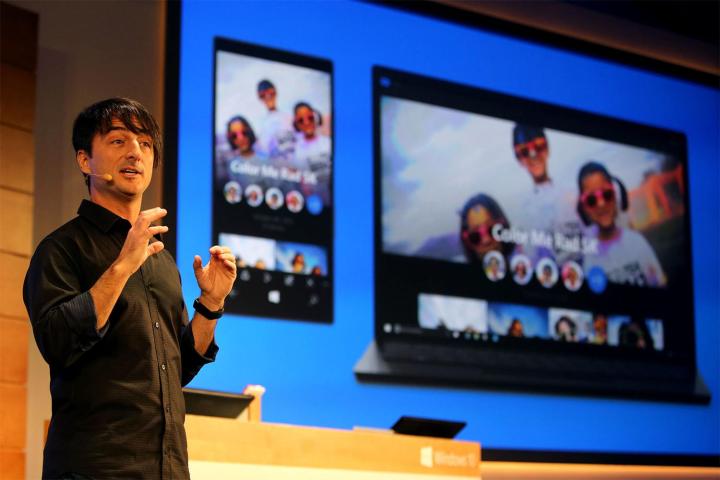
Home will be the mainstream consumer version of Windows 10, and it will come with Cortana, Microsoft Edge, Windows Hello (face recognition technology) and fingerprint login. It will also be compatible with tablets, PCs and 2-in-1 computers.
The Mobile edition is designed for touch-centric devices, such as small tablets and smartphones. The key difference between Mobile and Mobile Enterprise is that the latter is designed for those seeking a business experience. Mobile Enterprise will deliver Windows 10 with extensive security and mobile device management capabilities. Both editions will be designed to allow you to use your personal devices seamlessly at work.
Pro will include features that meet the needs of small businesses. This version is targeted toward the effective management of devices and apps. Additionally, it will help you protect any of your sensitive business data.

Enterprise, on the other hand, is designed for more large-scale business operations. It has special capabilities that allow it to combat modern security threats that are aimed at specific devices and applications. Additionally, it has a wide range of operating system deployment options, as well as enhanced app management.
Education is being geared toward schools – staff and students will be able to use this edition of Windows 10 through volume licensing.
Finally, Windows 10 IoT will be released for low-power devices. This will allow the operating system to function on devices such as Raspberry Pi 2, as well as functioning in single-use operations like ATMs or point of sale terminals.
“We are making strong progress with Windows 10, and we are on track to make it available this summer,” wrote Tony Prophet, corporate vice president at Windows, in the blog piece. “And because we have built Windows 10 to be delivered as a service, this milestone is just the beginning of the new generation of Windows.”
When Windows 10 debuts this summer, it will be available in 190 countries in 111 languages.
Editors' Recommendations
- Scores of people are downgrading back to Windows 10
- Microsoft finally kills this legacy Windows app — for good this time
- The next big Windows 11 update has a new hardware requirement
- Surface Pro 10: all the major changes rumored for the new model
- The most common Windows 11 problems and how to fix them


